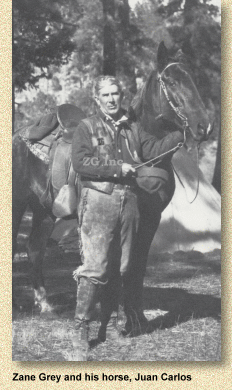Pheasant
This space for rent.
[FONT=Arial,Helvetica,Geneva,Swiss,SunSans-Regular]General George Washington Crile, Sr.[/FONT]
[FONT=Arial,Helvetica,Geneva,Swiss,SunSans-Regular]George Washington Crile was born on November 11th, 1864 on a farm near Chili, Ohio. His life spanned the two most horrific events in American history: the civil war and WW II. Military medicine and combat surgery proved to be a seminal laboratory for Crile, an experience that had application to civilian medicine.[/FONT]
[FONT=Arial,Helvetica,Geneva,Swiss,SunSans-Regular]He served in the Spanish American War as a Brigade Surgeon with the rank of Major. It was in this war that Crile saw hundreds of soldiers suffering from exhaustion, shock, and fear. Prior to his military service, Crile had conducted research experiments on animals and noted the relationship between shock, blood pressure, and the onset of death. In 1906 he performed the first successful human to human blood transfusion at St. Alexis Hospital in Cleveland.[/FONT]
[FONT=Arial,Helvetica,Geneva,Swiss,SunSans-Regular]The Great War (1914-1918) was horrific, but a vital laboratory for the advancement of field surgery, triage, and a team approach to treatment. Dr.Crile established the first detachment of the American Expeditionary Force and was subsequently put in charge of research for the AEF. Crile's cousin, Dr. William Lower joined the Unit as Commanding Officer, as did Dr. Fred Bunts. After the War, these three surgeons were joined by Dr. John Phillips and in 1921 this group practice was organized as a non-profit corporation known as the Cleveland Clinic Foundation.[/FONT]
[FONT=Arial,Helvetica,Geneva,Swiss,SunSans-Regular]Crile's internationally distinguished career demonstrated the vital relationship between research and application to patient treatment. Specifically, with thousands of patients to examine and treat as a result of war, Crile applied the techniques of combat medicine to civilian surgery. In medical terms Crile was one of the first research surgeons to define surgical physiology. He was a founder of the American College of Surgeons in 1912, chairman of the governing board of that organization for 26 years, authored 24 books, and over 400 articles. George Washington Crile retired in 1941.[/FONT]
[FONT=Arial,Helvetica,Geneva,Swiss,SunSans-Regular]Crile and his son George Crile Jr., "Barney" practiced together at the Cleveland Clinic Foundation. At the time of his death the senior Crile had experimented with a pressure suit that was the prototype of those needed for high altitude supersonic speeds. [/FONT]
[FONT=Arial,Helvetica,Geneva,Swiss,SunSans-Regular]It was therefore appropriate that when the Army sought a name for its general hospital in the Cleveland area they chose Crile. The hospital, formally dedicated in April 1944, became known as Crile Hospital for the next 20 years. At the dedication, according to press reports, 100,000 attended the opening ceremonies, featuring General Norman Kirk commanding officer of the Army Medical Department. Grace Crile, the widow of General Crile was also present. Son "Barney" was on active duty in the Pacific.[/FONT]

Dr. George W. Crile, Sr. (1864-1943).
For more on Dr. George W. Crile, Sr., visit History
Upvote
0





